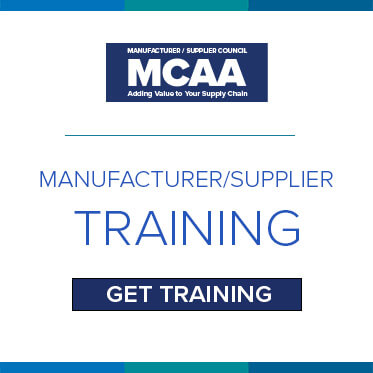With the phase out of R-22 by 2020 driving up pricing, contractors are looking for more options to retrofit R-22 air conditioning (AC) units without having to change the oil. “Generally speaking, you can see system improvements after a retrofit as a result of recommissioning the equipment,” said Ron Vogl, global technical marketing and services manager for Honeywell Refrigerants.
“These performance improvements are the result of properly setting the controls and system operating valves such as thermal expansion controls, which may have wandered from setpoint due to lack of maintenance, etc.,” Vogl explained.
“For proper performance, it is a must to evaluate the head pressure management controls (if present) during the retrofit. Setting up the evaporator operating pressure and the system’s condensing pressures for the selected replacement’s specific pressure-temperature relationship is imperative. Leaving R-22 set-points will lead to subpar performance or increased energy consumption.
“Technicians must be aware that all new HFC (hydrofluorocarbon) substitutes for R-22 are blends and possess glide. The technician must get comfortable with terms such as ‘bubble’ and ‘dew’ and know which values to apply and how,” Vogl continued.
In retrofitting an existing air conditioning system, following a systematic albeit simple series of steps can help ensure successful completion of the job.
Record Baseline Data
Compare the current system operating data with normal operating data before any hardware changes are made. Compare deficiencies, if any, and make note of the final data as a performance baseline, including superheat and subcooling temperature and pressure measurements throughout the system.
Isolate R-22 Refrigerant Charge
Remove the HCFC (hydrochlorofluorocarbon) refrigerant charge from the system with an approved recovery machine that can meet or exceed the required evacuation levels and collect it in a recovery cylinder. Record the weight. Do not vent the refrigerant.
Choose Compressor Lubricant
Honeywell recommends using a miscible lubricant approved by the compressor manufacturer. In this case, polyolester (POE) oil is recommended for R-422D. A lubricant change is warranted when it is contaminated or indicates high levels of acidity.
Evaluate the Expansion Device
Consult with the equipment manufacturer before retrofitting. Most HCFC-22 AC systems with either expansion valves or capillary tubes will operate satisfactorily with Honeywell’s Genetron® 422D (R-422D).
Replace the Filter Drier
Replacement is a recommended service practice. Consult with your wholesaler to ensure that the replacement filter drier (loose-fill/solid-core) is compatible with the Honeywell refrigerant being used.
Reconnect the System and Evacuate
Reconnect and evacuate the system using normal service practices. A full vacuum of 1,000 microns or less is recommended for evacuating from both sides of the system. Recharge the system (note that pounds of 422D equals pounds of original refrigerant multiplied by 70.9 and divided by 73.9).
Check the System for Leaks
Normal service practices can help identify leaks from the system and rectify them before retrofitting.
Charge System with Refrigerant
Replace HCFC-22 with an R-422D refrigerant, such as Genetron 422D, using the same charging procedures as for the refrigerant being replaced. It is important to keep in mind that Genetron 422D is a blended refrigerant and should be charged by removing only liquid from the cylinder.
Check System Operation
Start the system and wait for the operating conditions to stabilize. If the system indicates an undercharge, add refrigerant in increments of 5 percent by weight of the original charge until the desired conditions are established. Adjust to obtain superheat values similar to the original operation.
Label Components and System
Upon completion, label the system components for identification of the refrigerant and specify the type of lubricant (by brand name) in the system. These labels will be a useful reference during future servicing of the equipment.
Other Quick Tips
- Never vapor charge the system with vapor from a 400-series.
- When changing to an HFCmiscible lubricant, particularly to a more polar lubricant such as POE oil, it may be beneficial to add a suction line filter.
- Change any system O-rings, including Schrader valves.
- Attempting to evacuate a system with the pump connected only to the low side of the system will not adequately remove moisture and noncondensables such as air. Use a good electronic gauge to measure the vacuum. An accurate reading cannot be made with a refrigeration gauge.
- To avoid overcharging, it is best to charge the system by first measuring the operating conditions (including discharge and suction pressures, suction line temperature, compressor amps, superheat, subcooling) instead of using the liquid line sight glass as a guide.
For more information, visit www.honeywell-refrigerants.com or call 800-631-8138.
You can watch a step-by-step guide to the retrofit process, “Genetron® 422D: The No-Oil-Change R-22 Retrofit Solution for A/C,” on YouTube.


